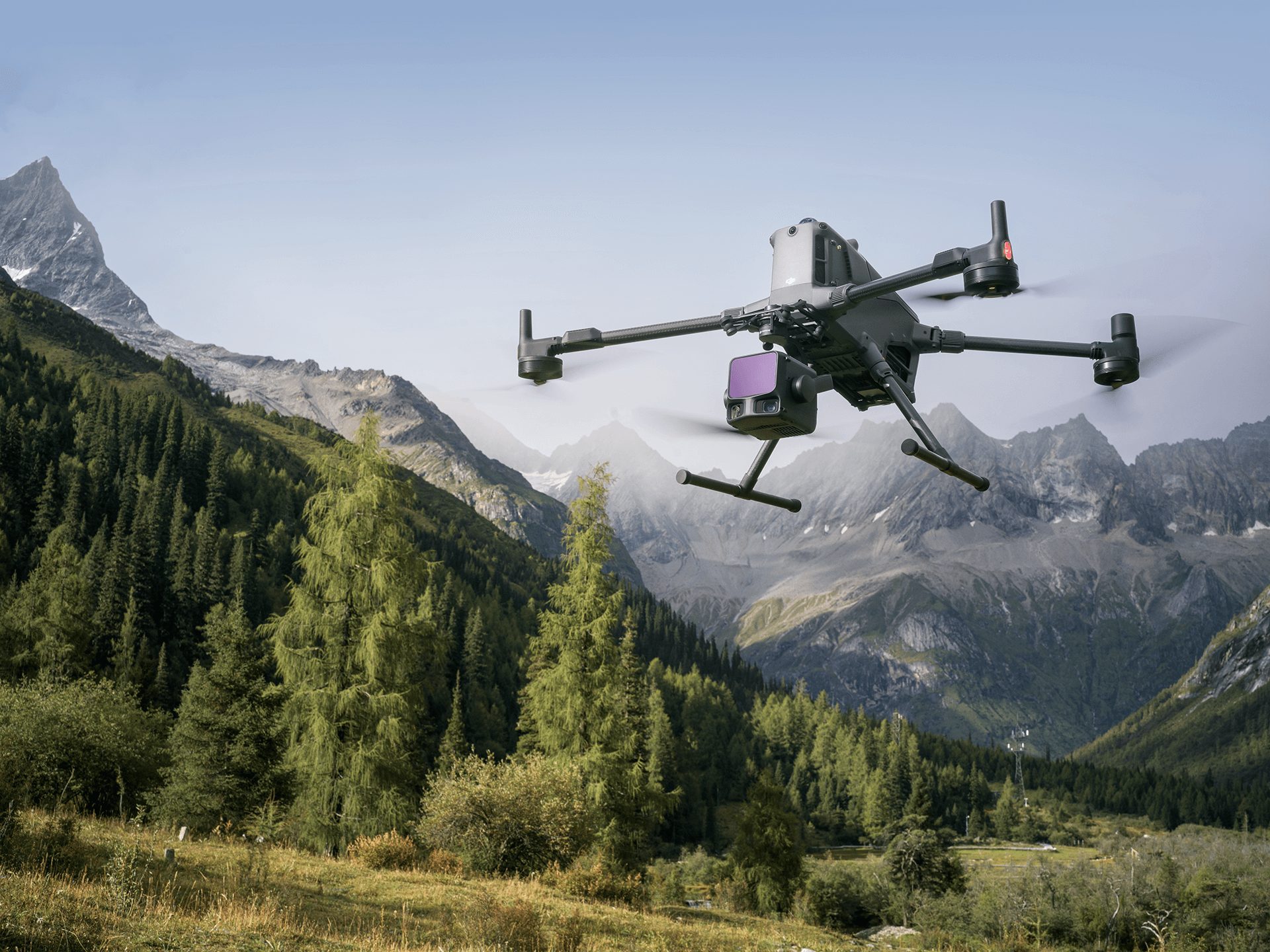
The CAA have just issued Safety Notice SN-2025/004, stressing the importance of keeping UAS firmware and software up to date. But updates alone aren’t enough they need to be paired with robust pre-flight checks to ensure safe, compliant operations and continuous airworthiness!
Why does this matter?
Improperly handled software and firmware updates have been linked to loss-of-control incidents, something no operator wants to experience. A simple oversight in system updates or pre-flight checks could mean the difference between a successful mission and a major safety risk.
Best Practices for UAS Safety:
Follow manufacturer guidance for updates and maintenance Conduct a flight test after every update or modification.
Include firmware checks in your pre-flight routine – don’t assume the last flight was issue-free.
Verify system settings, GPS calibration, and battery health before takeoff Specific Category operators – Integrate update procedures into your Operating Manual.
Know Your Responsibilities:
UAS Operators (Specific Category) – Must have clear maintenance procedures and trained staff to ensure compliance (UAS.SPEC.050)
Remote Pilots – Must be familiar with manufacturer’s instructions and conduct all necessary pre-flight safety checks (UAS.SPEC.060 & UAS.OPEN.060)
See below for a Flight Reference Card template to help you ensure your drone’s airworthiness before every flight! Pre-flight checks are your first line of defense against in-flight failures.
Download our FREE GVC Training Guide
Learn everything you need to know about becoming a drone pilot with our GVC training guide.
- Get a full course roadmap to understand every step of the journey
- Contains clear answers to all of the frequently asked questions
- Get a transparent and comprehensive breakdown of course costs













